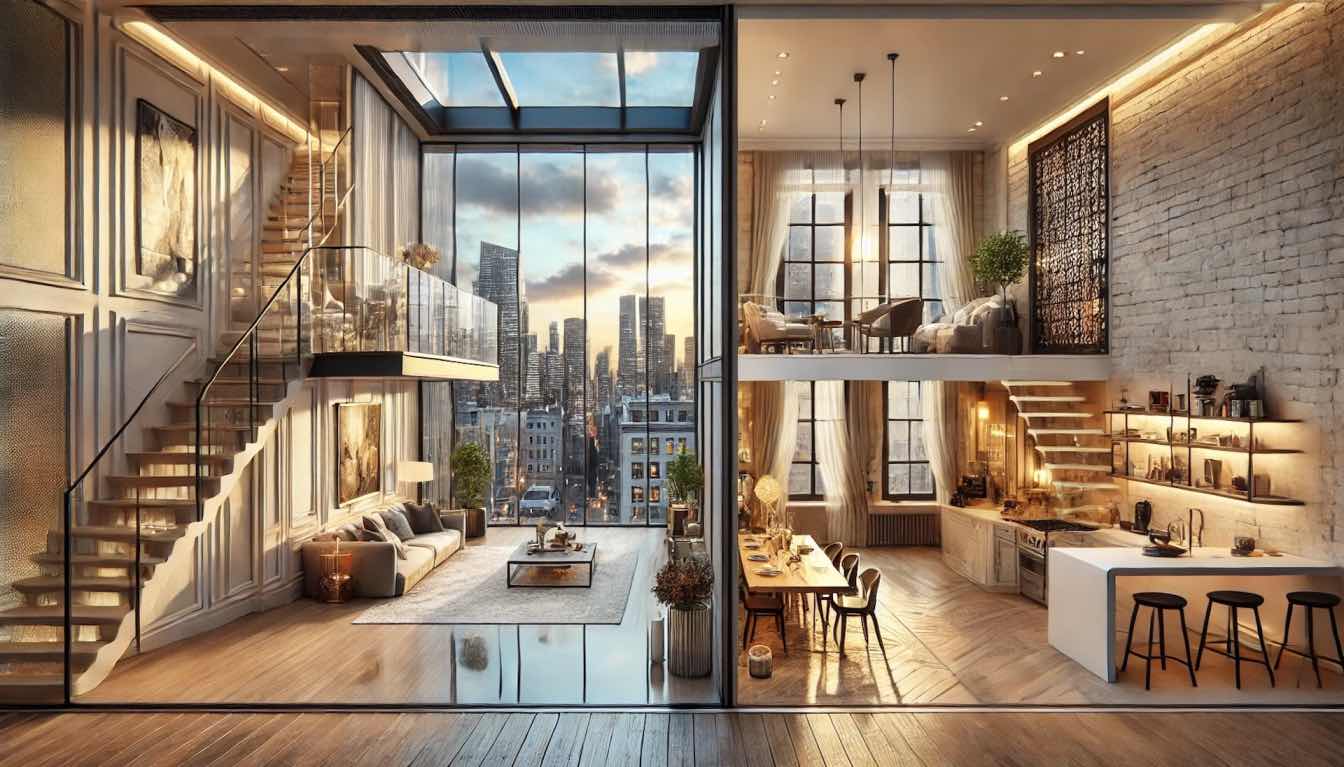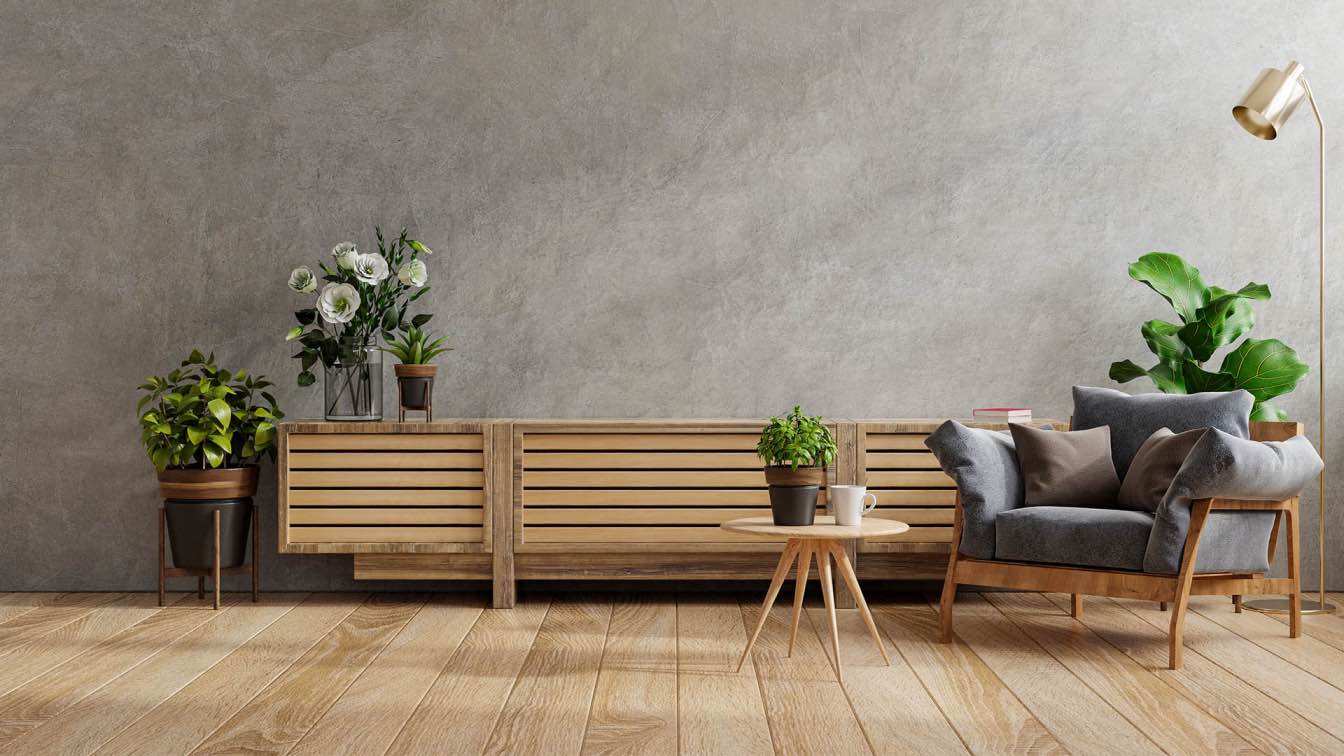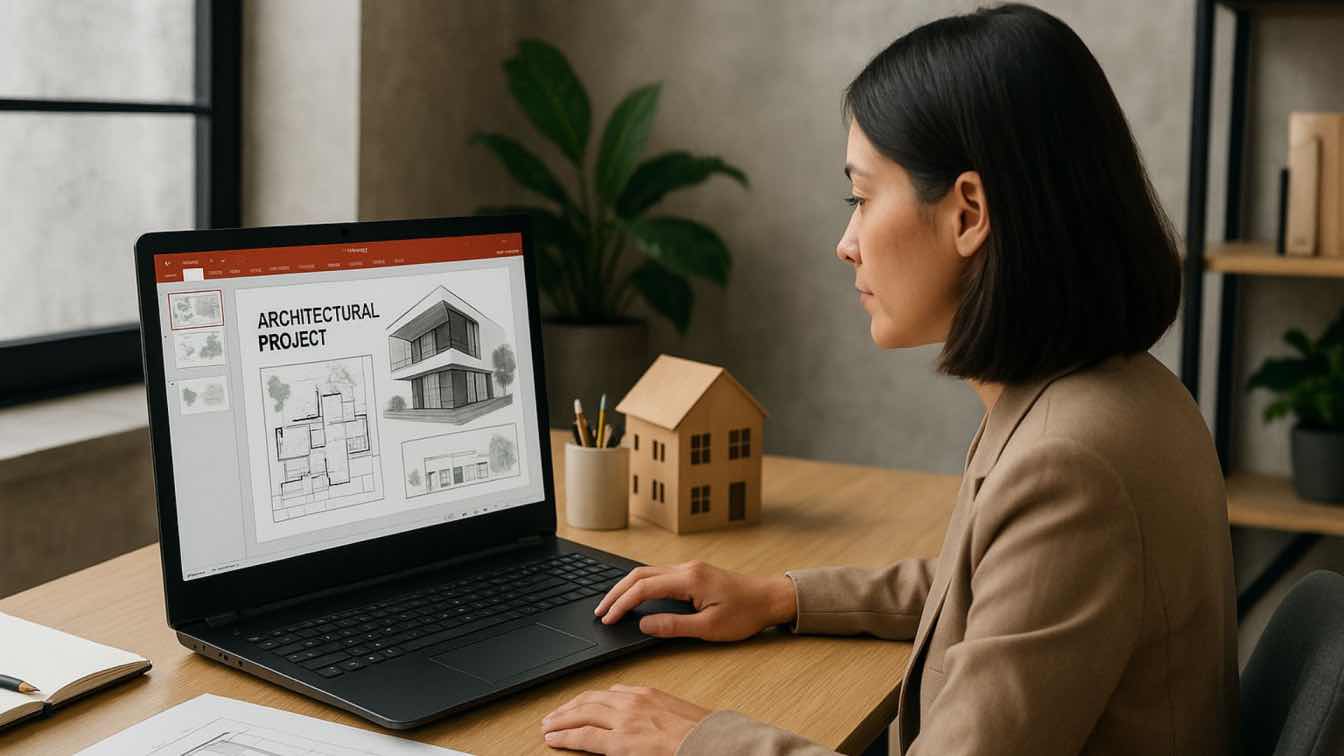Our emotions and relationships with others are highly influenced by the environment of our living space. Everything in our homes, including the spatial arrangement of furniture and wall paint, affects our level of comfort and sociability. Understanding how space affects our behavior can help us create environments that improve our social well-being.
1. How Space Affects Our Behavior
Our emotions and behavior can be influenced by the surrounding physical environment. Feeling that a room is tight or untidy may lead to one experiencing some level of stress or even anxiety. Conversely, spacious and inviting environments enhance one’s comfort as well as sociability. For instance, when there is a cozy sitting room with armchairs close enough for easy conversation, it creates an intimate atmosphere; on the contrary, a more formal, rigid setup might create distance between people.
Our interaction with others can also be influenced by the manner in which we organize our spaces. When people are seated in a circle or semi-circle, it naturally encourages more open conversation. However, sitting furniture that induces both physical and emotional boundaries may lead to uncomfortable moments during social intercourse. Even when you're chatting with someone on instacams, you can see that a well-lit, inviting environment makes these interactions feel more relaxed, while poor lighting or a cluttered background can create a sense of distance or discomfort.
2. Personal Space and Boundaries
Our level of comfort is determined by the personal space that we have. It is only under such circumstances that we can easily interact with others. In our homes, this concept of personal space can be seen from the manner in which we plan for and use various rooms. To some individuals, having a large living room for visitors makes them feel at ease, while others prefer a more intimate setting, like a smaller dining area.
Discomfort and stress may arise from a cramped or cluttered living space. Freedom of movement to individuals or separate places for various activities creates an enabling environment that facilitates interaction among people without feeling overwhelmed.
3. The Impact of Colors and Lighting
The feeling experienced within a room can be greatly influenced by the lighting and colors employed. Red, yellow, and orange are warm colors that create a comfortable atmosphere and increase social energy; hence, they are perfect for public places intended for chats. On the other hand, blue and green are cool colors that bring about tranquility; therefore, they are best used in personal spaces meant for relaxation.
Lighting also plays a huge role. Bright lighting can keep people alert and active, making it a good choice for places like the kitchen or living room, where people might socialize. Dim lighting can create a more relaxed, intimate atmosphere, making it ideal for moments of quiet conversation or winding down after a busy day.
4. Clutter and How It Affects Socializing
Clutter can be a major mood killer. A messy home can leave us feeling stressed, distracted, or even embarrassed when we have guests over. This can make it harder to enjoy social interactions. When a space is clutter-free, it feels more peaceful and organized, which can help everyone focus on the conversation instead of the mess around them.
A tidy, well-kept home makes it easier to relax and connect with others. It gives us a sense of control and calm, which leads to more positive social interactions. Keeping your home neat doesn’t just benefit you—it creates a welcoming atmosphere for guests, making them feel comfortable and more likely to engage.
5. How Shared Spaces Foster Connection
Shared spaces, like the kitchen, dining room, and living room, are where most of our social interactions take place. These spaces are crucial for bringing people together and building relationships. The design of these areas can either encourage or limit connection.
An open floor plan that flows between the kitchen and living room, for example, naturally invites people to mingle and talk. In contrast, rooms that are separated or divided may make socializing feel more difficult or disconnected. By creating spaces where people can naturally come together, we make it easier to bond and enjoy each other’s company.
Designing Homes for Connection
How we feel and relate with others is significantly influenced by the way we design our homes. The environment that we live in can promote good relationships among people and enhance our general well-being. It is possible to make attractive homes which encourage close links with others by looking at the organization of space and the kind of atmosphere around.





